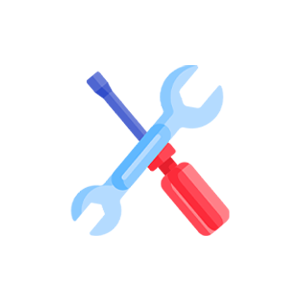What Is a Limit Order: Definition, Types, and Uses
06/07/2021 20:13
You’ll end up with a much different price than just moments before as your order influences the market. Consider the price movement of a stock ABC that is poised to break out of its trading range of between $9 and $10. Let’s a say a trader bets on a price increase beyond that range for ABC and places a buy stop order at $10.20. Once the stock hits that price, the order becomes a market order and the trading system purchases stock at the next available price. A buy limit order is an order placed with a broker to purchase a specific number of shares at a predetermined price or lower. This situation arises when only a part of the order can be executed due to limited availability of shares at the desired price.
When Should You Choose a Limit Order?
You want to purchase a stock that is currently trading at $20.50 a share. Believing the price will continue to rise, you’re willing to buy if it increases to $22.20 a share, and you place a buy stop order with a stop price of $22.20. A stop order is used by an investor who wants to lock in profits or limit losses by exiting a position. When you trade securities on the stock market, you usually do so at the spot price. In other words, the broker executes your orders at the prevailing market price when you place the order. After your stop price has been reached, your stop-limit order converts to a limit order.
Why Would Someone Consider Using a Limit or Stop-Loss Order?
The second price point is the limit price, which is the outside limit of the trade’s price target. You must also set a time frame during which your trade is considered executable. Instead, it may move from a $125.25 bid up to $126, then $127, then $140 over the next several weeks. The price rise the investor wanted to participate in has been missed because their buy limit order at $121 How to buy dai was never executed. If an order is not a day order or a good-’til-canceled order, the trader typically sets an expiry for the order. This type of stop order can apply to stocks, derivatives, forex or a variety of other tradable instruments.
It’s easy to get started when you open an investment account with SoFi Invest. You can invest in stocks, exchange-traded funds (ETFs), mutual funds, alternative funds, and more. SoFi doesn’t charge commissions, but other fees apply (full fee disclosure here). For example, say news spectre.ai review of a large tech company’s planned merger with another tech giant leaks after hours. That could send the aftermarket trading markets into a frenzy, resulting in a radically different price for both company’s stocks when the market reopens. Pricing gaps don’t necessarily have to be wide but large pricing swings are possible with overnight trading.
Blain’s insights have been featured in the New York Times, Wall Street Journal, Forbes, and the Chicago Tribune, among other media outlets. The least commonly used order types of the four, by far, is the trailing stop order. It is only used when you already hold shares of stock (active position) that is profitable and you want to lock in increased profits as the stock rises. Shorting is when you sell shares you do not own to your online broker, then buy back the shares (hopefully at a lower price) and keep the difference. If you’re a long-term investor and simply want to own shares of a particular company and hold them for the long run, using a buy limit order won’t likely make a ton of difference. It’s also worth noting that you can usually set time limits on buy limit orders.
What Is the Difference Between a Limit Order and a Stop-Limit Order?
For example, let’s say a stock is trading at $50 and you have a buy limit order for $48. Then, news claiming the company is being investigated for fraud is released and the stock plunges to $30 in a matter of minutes. Because your buy limit order gives your broker permission to pull the trigger at any price of $48 or less, you could end up paying more than if you had simply let the market volatility play out. A trader sets a limit order of $100 to buy a stock that is trading at $120. The order will not be executed until the stock’s price falls to $100 or below. The trader can attach an expiration date so the order is deleted after a time if the stock fails to move in the desired direction.
Using the example above, once stock XYZ hits $111 a share, our trailing stop loss order is set at the new $105.45 price. As the stock rises, our activation price RISES; however, it doesn’t matter how fast the stock falls, our activation price will not adjust unless the stock sets a new price high. A market order deals with the execution of the order; the price of the security is secondary to the speed of completing the trade. Limit orders deal primarily with the price; if the security’s value is currently resting outside of the parameters set in the limit order, the transaction does not occur. The alternative to a limit order is a market order, which calls for a trade to be executed at the prevailing market price without any price limit specified. Founded in 1993, The Motley Fool is a financial services company dedicated to making the world smarter, happier, and richer.
- That’s because stock values fluctuate constantly, rising or falling from one second or one minute to the next.
- Therefore, the price will often need to completely clear the buy limit order price level in order for the buy limit order to fill.
- Price gaps can occur when stocks close at one price then open at a different price on the next trading day.
- Alternatively, a stop-limit order can be placed to sell your security for $15 only if the share price has dropped from $20 to $16.
Markets facilitate different order types that provide for some investing discretion when planning a trade. Limit orders can help you save money on commissions, especially on illiquid stocks that bounce around the bid and ask prices. But you’ll ADSS forex broker also save money by taking a buy-and-hold mentality to your investments.










